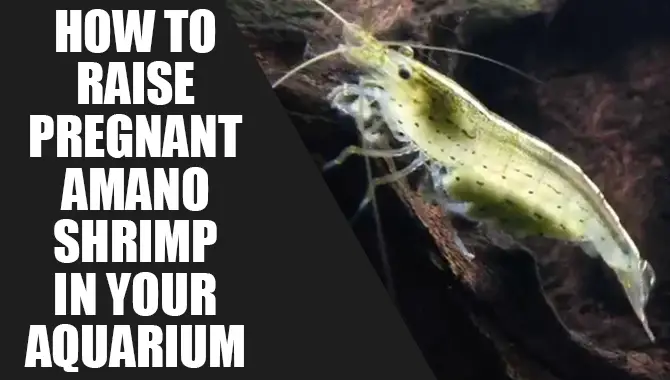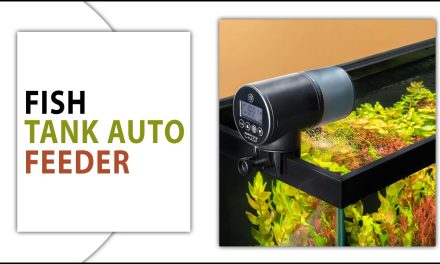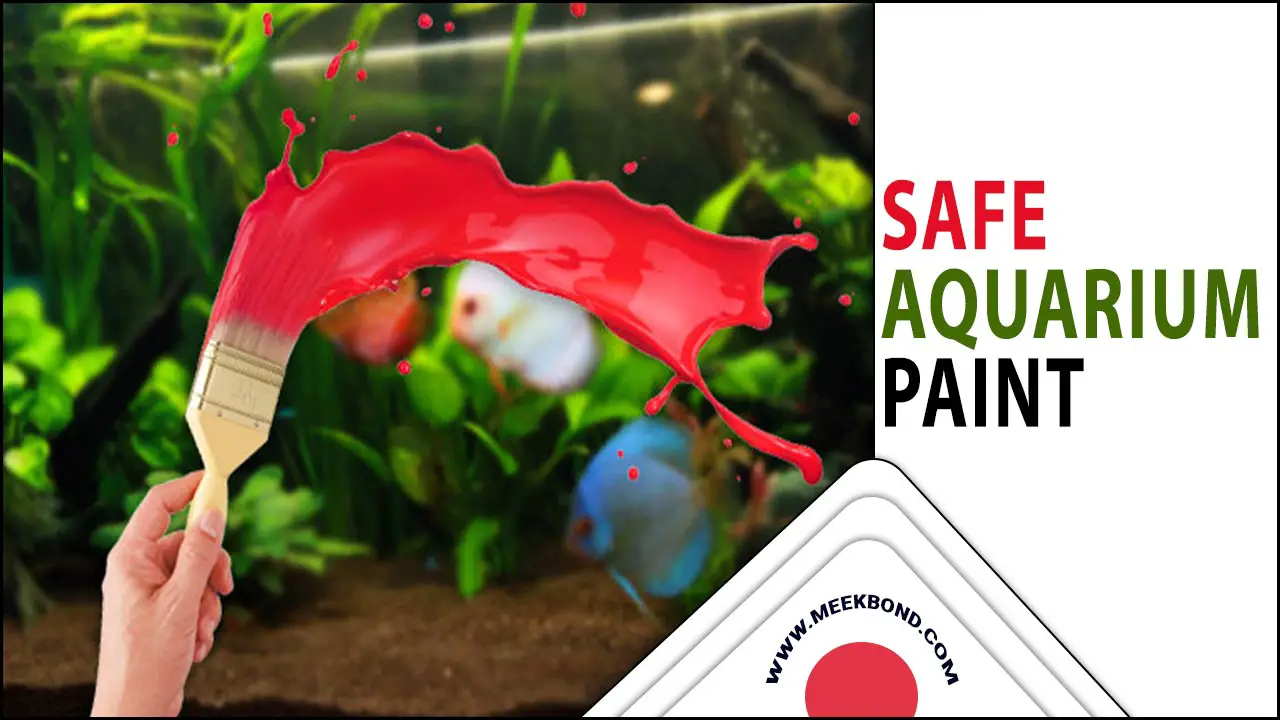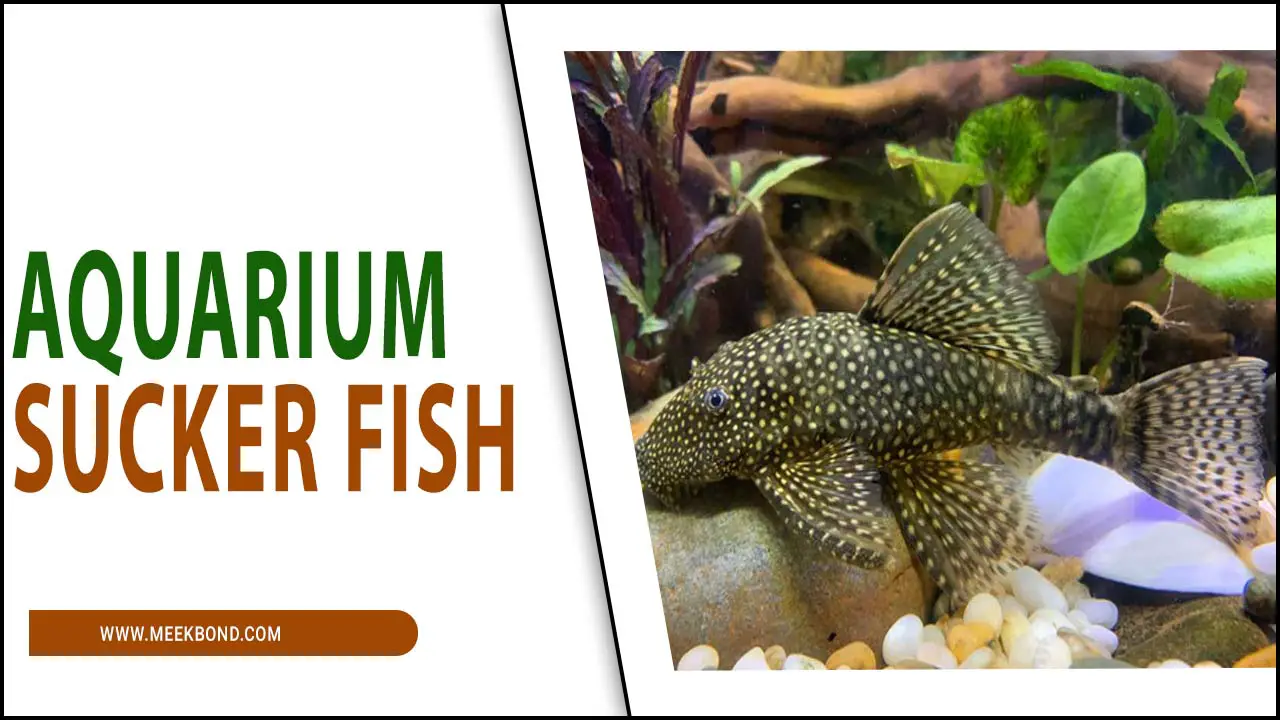Shrimp is a crustacean that shares the same family as crabs and lobsters. They can be found in fresh and saltwater environments and come in various sizes.
Shrimp are essential to marine ecosystems, serving as a food source for many larger aquatic animals. They are also highly valued in the culinary world and widely consumed worldwide. With numerous species, each shrimp has unique characteristics and behaviours, making them a fascinating subject for biologists and seafood enthusiasts.
Additionally, shrimp are known to have health benefits due to their high protein content and low-fat levels, making them a healthy addition to any diet. Here we will explore everything about how long does shrimp live.
We will cover everything from the different shrimp species to their average lifespan in freshwater and saltwater habitats. So let’s dive into the shrimp world and uncover some interesting facts you must know!
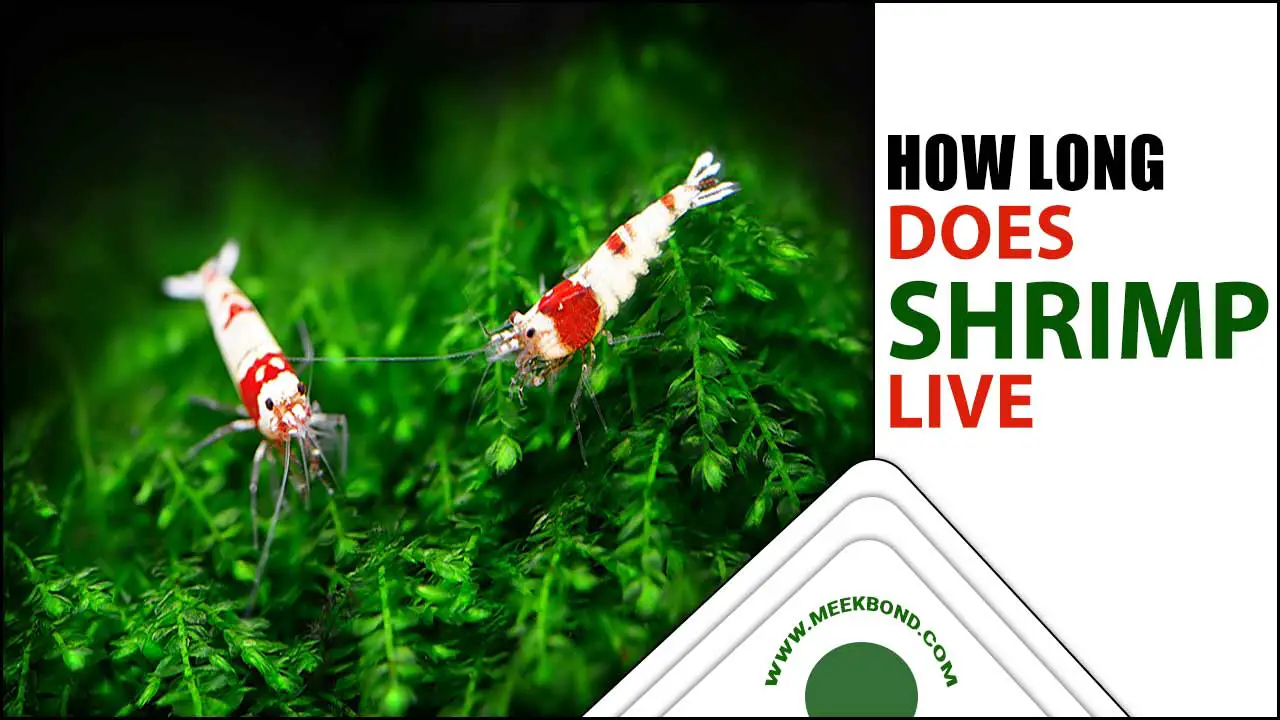
How Long Does Shrimp Live-The Truth About Shrimp Lifespan
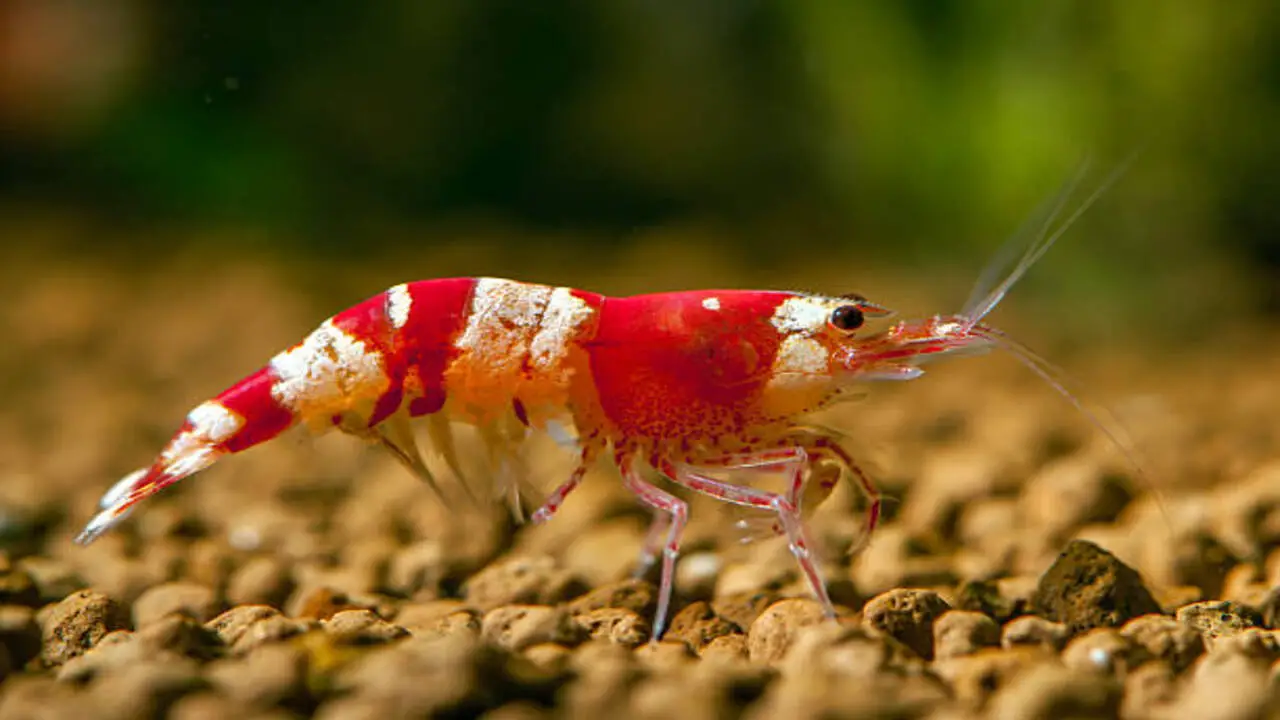
The lifespan of shrimp can vary depending on the species. On average, most shrimp have a lifespan of around 1-2 years. However, this can be influenced by various factors such as water quality and temperature. Proper care and maintenance of aquariums are essential for prolonging the lifespan of shrimp.
Understanding shrimp’s needs and behaviours can contribute to their overall health and longevity. By providing an optimal environment, including clean water, appropriate hiding places, and a balanced diet, shrimp can thrive and live longer in captivity. Below we discuss more on how long does shrimp live.
Lifespan Of Freshwater Shrimp
The lifespan of freshwater shrimp can vary depending on the species and environmental factors. Some freshwater shrimp species can live for up to two years in optimal conditions. However, water quality, temperature, and food availability can affect their lifespan.
To ensure the longevity of your freshwater shrimp, it is important to provide them with a suitable habitat. Regular maintenance and monitoring of water parameters, such as pH and water quality, can prolong their lifespan. Creating a healthy and balanced environment can help freshwater shrimp thrive and live longer.
Lifespan Of Saltwater Shrimp
Saltwater shrimp have varying lifespans depending on the species. For example, ghost shrimp can live up to two years in captivity, while cleaner shrimp can live up to five years. Water quality, temperature, and feeding habits also affect their lifespan.
You can help ensure a longer lifespan for your saltwater shrimp by providing proper care and maintenance. This includes maintaining optimal water parameters, such as pH and water quality, and providing suitable hiding places and tank mates. Remember, each species may have specific requirements, so it’s important to research and understand the needs of your saltwater shrimp.
Influencing Factors On Shrimp’s Lifespan
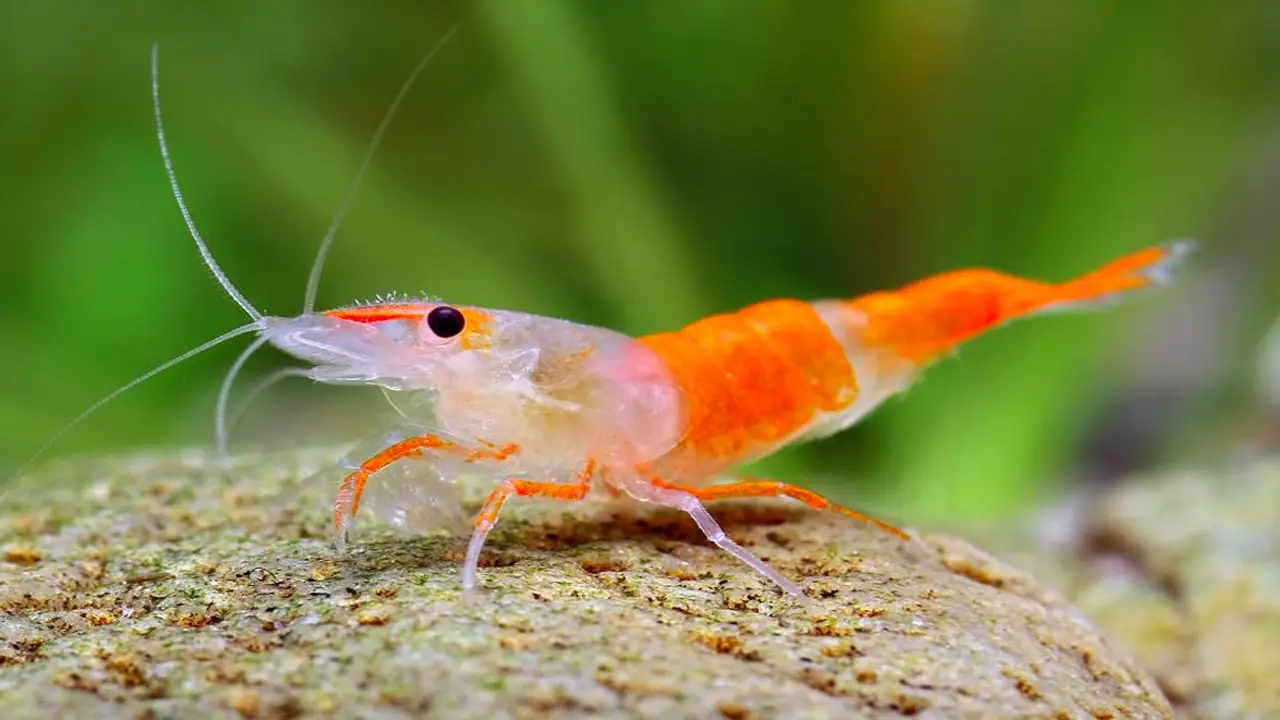
Shrimp species have varying lifespans, ranging from a few months to several years. Several factors influence the lifespan of shrimp. The quality of the water, including parameters like pH, ammonia, nitrite, and nitrate levels, plays a crucial role in their longevity.
Additionally, food availability and the overall environment, such as the presence of hiding places and the absence of predators, also impact their lifespan. Furthermore, genetics play a role in determining how long a shrimp will live. Finally, diseases can have a detrimental effect on the lifespan of shrimp.
Impact Of Living Conditions
Proper living conditions play a significant role in the lifespan of shrimp. These fascinating creatures require clean water, appropriate temperatures, and optimal pH levels to thrive. If their living conditions are poor, such as overcrowding or insufficient filtration, their lifespan can be shortened.
Additionally, providing shrimp with proper nutrition is crucial for enhancing their longevity. Shrimp species can also impact their lifespan, as some are harder than others. Therefore, regular maintenance and monitoring of living conditions are essential for maximizing the lifespan of these delicate creatures.
Role Of Diet In Shrimp’s Lifespan
A balanced and nutritious diet plays a vital role in determining the lifespan of shrimp. These small crustaceans require essential nutrients like protein, carbohydrates, vitamins, and minerals for their growth and health. Proper feeding habits are crucial as overfeeding, and underfeeding can negatively affect their longevity.
Providing a varied diet that includes commercial shrimp feed, algae, and other aquatic plants is recommended to enhance their lifespan. Additionally, maintaining optimal water quality by managing water parameters such as pH, ammonia, nitrites, and nitrates is essential. By ensuring proper nutrition and water quality, shrimp owners can significantly extend the lifespan of these fascinating creatures.
How Does Lifespan Differ For Shrimps In Nature Vs. Aquariums?
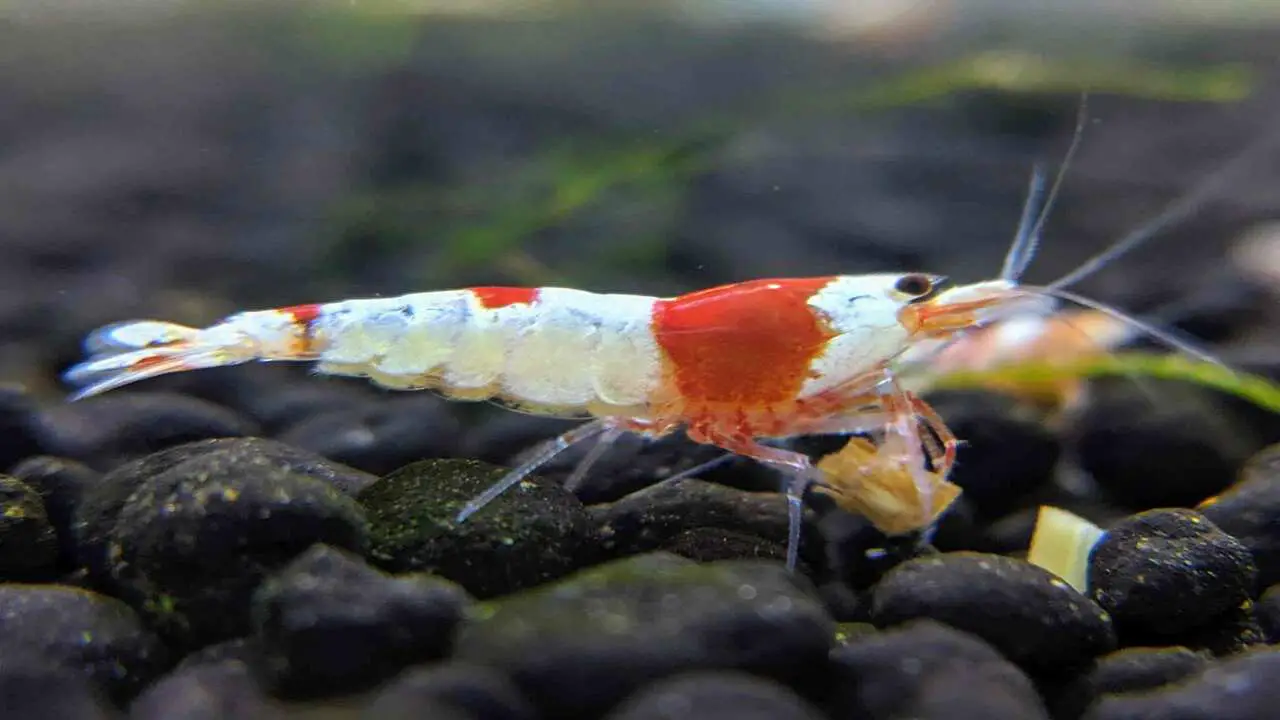
Shrimp in their natural habitat tend to have a shorter lifespan than those kept in aquariums. Factors like predators and competition influence their longevity in nature. However, aquarium shrimp can live longer with proper care and suitable conditions. Providing an ideal environment is crucial for enhancing their lifespan.
Tips To Enhance Shrimp’s Lifespan
To enhance the lifespan of your shrimp, it is crucial to maintain proper water conditions. This includes monitoring and maintaining the right pH, salinity, and temperature for your shrimp. Regularly feeding your shrimp high-quality and nutrient-rich food can significantly improve their lifespan. Regular water changes are essential to ensure the quality of the aquarium water.
Overstocking should be avoided as it can lead to poor water quality and stress for your shrimp. Monitoring aggression between shrimp and separating them if necessary is also important. By following these tips, you can enhance the lifespan of your shrimp.
Maintaining Water Quality
Maintaining water quality is of utmost importance to ensure the longevity of shrimp. It is crucial to monitor and regulate the ammonia and nitrite levels in the aquarium to keep them at safe levels. Regular water changes, along with the use of effective filtration systems, can help maintain optimal water quality.
Additionally, providing high-quality food and supplements can contribute to the shrimp’s overall health and well-being while supporting water quality. Another critical aspect is maintaining the proper water temperature, vital to the shrimp’s health and lifespan.
Importance Of A Balanced Diet
A balanced diet plays a crucial role in the lifespan of shrimp. These freshwater and saltwater creatures thrive on a varied diet that includes algae, fish food, and other protein sources. It’s important to find the right balance when feeding them.
Overfeeding can cause pollution in the tank and shorten the shrimp’s lifespan. On the other hand, underfeeding can also be harmful as shrimp require regular feeding to maintain their health. Consulting with a veterinarian or expert can provide guidance on optimal feeding schedules and diets for shrimp.
Common Misconceptions About Shrimp’s Lifespan
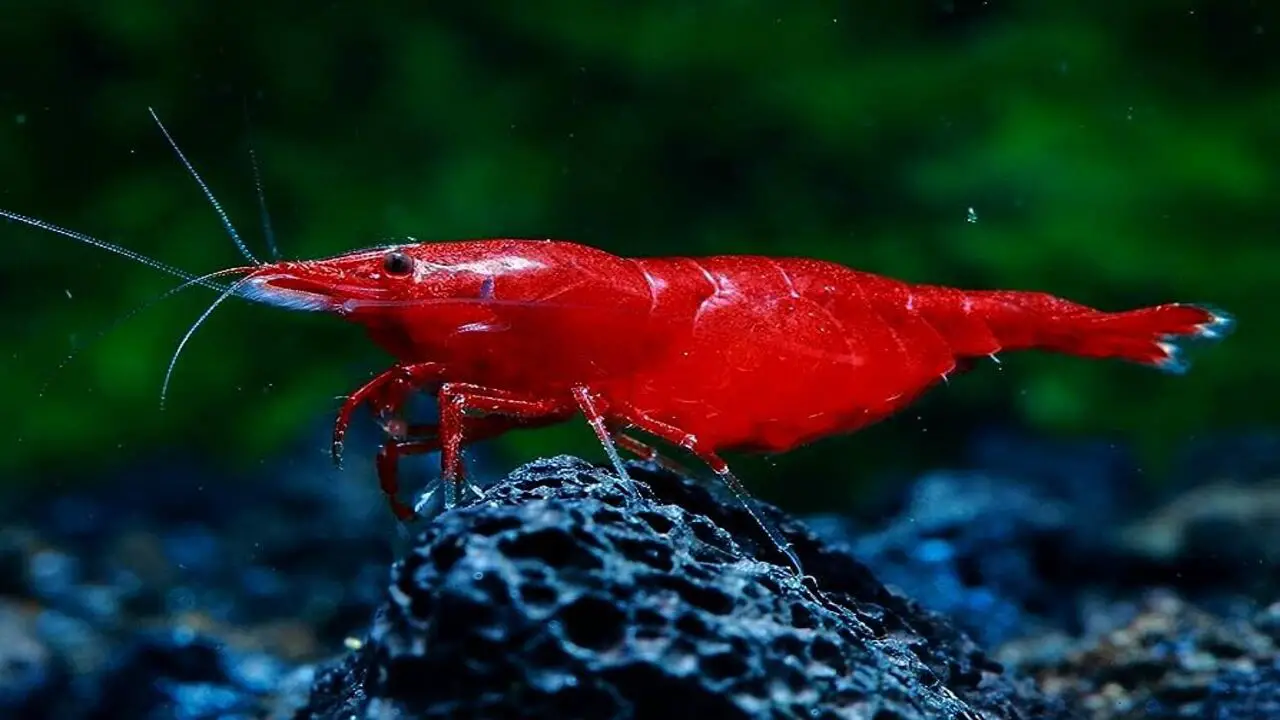
Shrimp’s lifespan is often underestimated, with some species living up to 6 years. The actual lifespan of shrimp depends on various factors such as their environment, diet, and genetics. One common misconception is that shrimp die after molting, but this is not true.
Shrimp may have a shorter lifespan in captivity due to stress and disease. However, with proper care and maintenance, the lifespan of captive shrimp can be extended. Creating a suitable aquarium environment with optimal water parameters, hiding places, and tank mates can help ensure the longevity of these beautiful creatures.
Do All Species Of Shrimp Have The Same Lifespan?
The lifespan of shrimps is not uniform across all species, varying from a few months to as long as six years. Several factors, such as water temperature and habitat, impact their longevity. It’s essential to research specific species before keeping them as pets or consuming them.
Understanding the intricacies of a particular shrimp type can help you provide better care or make informed decisions about its consumption. For instance, certain species require warmer water temperatures, while others prefer cooler environments. Similarly, some shrimp types are more susceptible to certain diseases and may require specific treatments to thrive.
How Can We Help Shrimp Live Longer In Captivity?
Maintaining proper water conditions, providing a balanced diet, regular cleaning of the tank, and avoiding overcrowding are essential in helping shrimp live longer in captivity. These measures can help reduce stress levels and create a healthy habitat for the shrimp.
Water quality is crucial as it affects not only the health of the shrimp but also their growth and reproduction rates. A balanced diet that meets the nutritional requirements of your shrimp is crucial in keeping them healthy and active.
Regular cleaning of the tank helps to remove waste products that can cause harmful bacteria to grow, thus minimizing the risk of disease outbreaks. Overcrowding can cause competition for resources and increase stress levels among shrimp, ultimately affecting their lifespan. By following these guidelines, you can ensure your captive shrimp live long, healthy lives.
How Long Can Shrimp Survive Without Water?
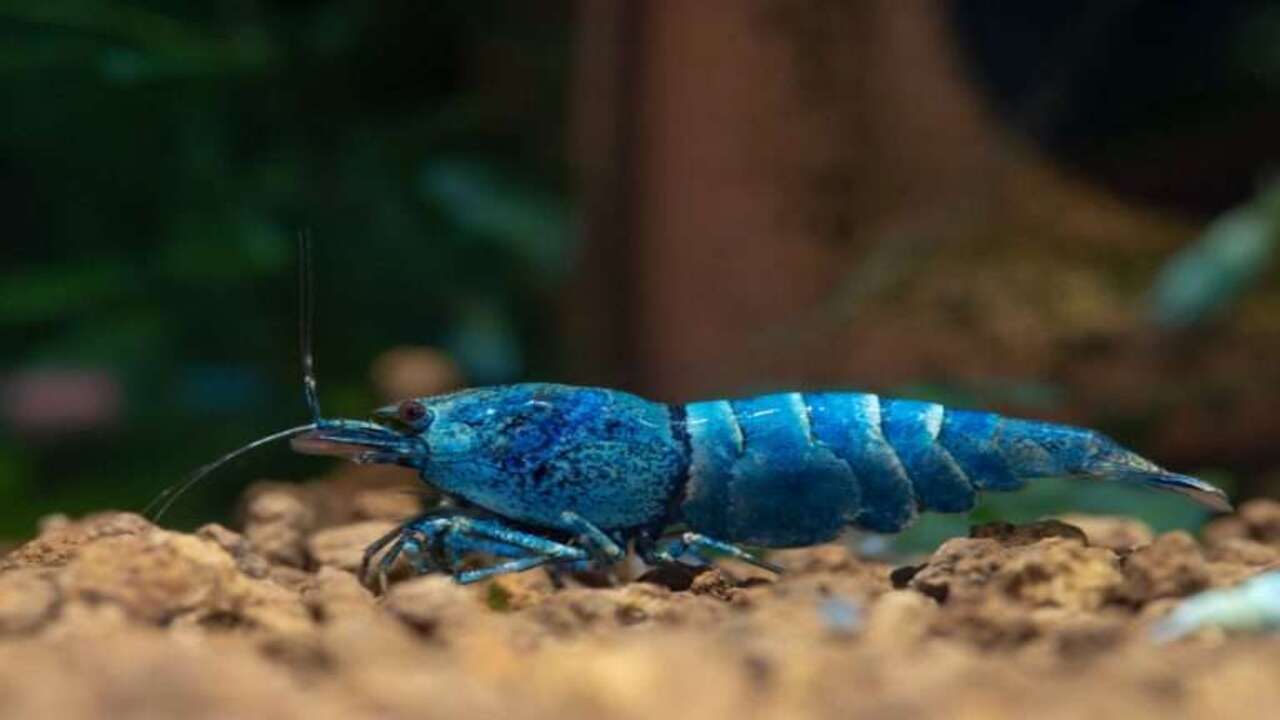
Shrimp are highly perishable and can only survive a few hours outside of water, depending on their species and environmental conditions. Store them in a moist environment or on ice until they are ready to be cooked to ensure their freshness.
Once cooked, shrimp can be refrigerated for up to four days before they spoil. However, it is important to note that the shelf life of cooked shrimp can vary based on factors such as storage temperature, humidity level, and the preparation method.
Therefore, it’s best to consume them as soon as possible or freeze them for longer storage. Proper handling and storage of shrimp maintain their quality and prevent foodborne illnesses caused by bacteria growth.
Conclusion
The lifespan of shrimp can vary depending on various factors such as the species, living conditions, and diet. Freshwater shrimp generally have a shorter lifespan compared to saltwater shrimp. Factors such as water quality and a balanced diet significantly enhance the lifespan of shrimp in aquariums.
There are common misconceptions about the lifespan of shrimp, and it’s important to educate ourselves about the truth. While each shrimp species may have a different lifespan, providing them with optimal care and creating a suitable environment can help them live longer in captivity.
It’s also worth noting that shrimp cannot survive without water for an extended period. So, if you’re considering keeping shrimp as pets, ensure you provide them with the proper care and attention they need to thrive. Hope now you understand how long does shrimp live.
Frequently Asked Questions
How Long Do Shrimp Live In A Tank?
In a well-maintained tank environment, the lifespan of shrimp can vary depending on the species. Most shrimp species can live up to 1-2 years on average. Several factors, including water quality, diet, and tank conditions, can influence the lifespan of shrimp.
What Influences A Shrimp’s Lifespan?
Various factors influence the lifespan of a shrimp. Shrimp species play a significant role, as different species have different lifespans. Environmental factors such as water quality, temperature, and food availability can also impact their longevity.
What Are The Different Lifespans Of Shrimp?
The lifespan of shrimp can vary depending on the species and environmental factors. For example, the Ghost Shrimp can live up to 2 years in captivity, while the Red Cherry Shrimp typically has a lifespan of around 1 year.
How Can You Lengthen Your Shrimp’s Life?
To lengthen your shrimp’s life, it is important to maintain clean and well-filtered water. Ensure appropriate water temperature and pH levels. Provide a balanced diet consisting of shrimp food and supplements. Avoid overcrowding the tank to reduce stress on the shrimp.
What Can Shorten Your Cherry Shrimps Lifespan?
Overfeeding and poor water quality with high ammonia and nitrite levels can shorten the lifespan of cherry shrimp. Rapid temperature changes and introducing incompatible tank mates or predators can also impact their longevity.

Aquarium passion is all about connecting with the aquatic life and providing education to the public on the importance of these creatures. We showcase a wide variety of marine life through our exhibits as well as working with schools to provide unique learning opportunities for students of all ages.

